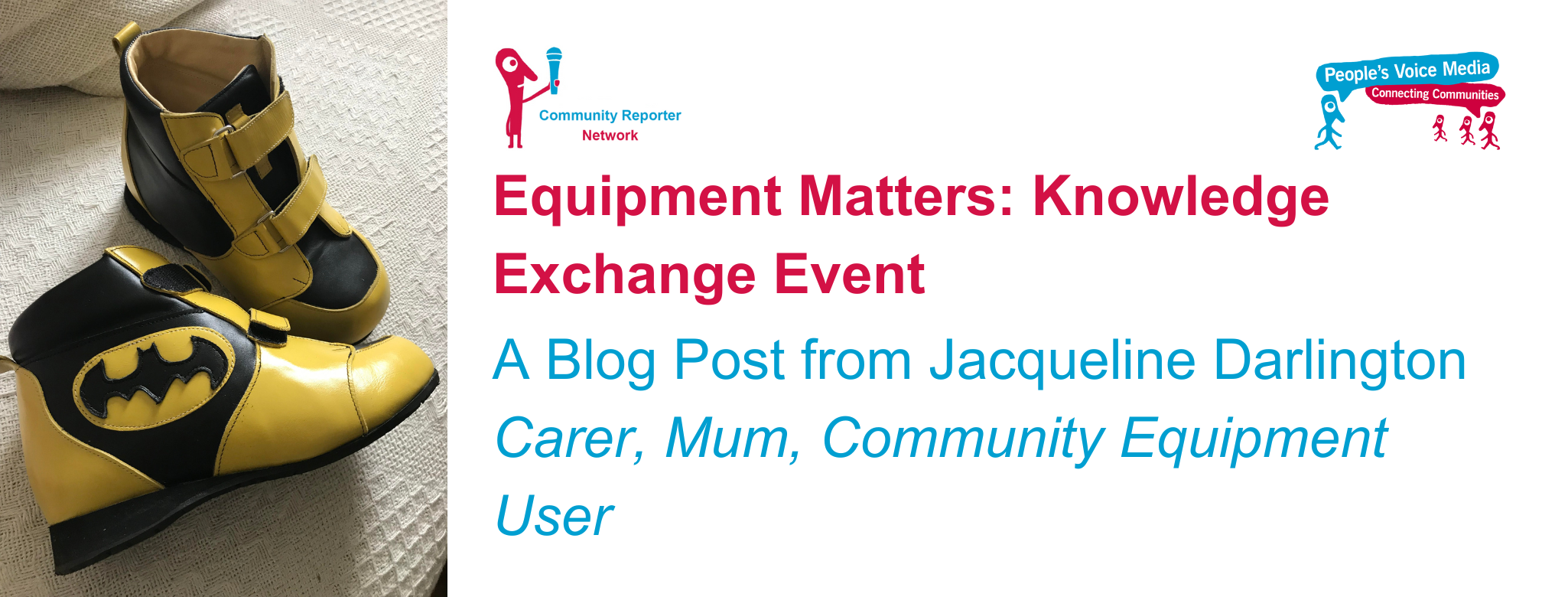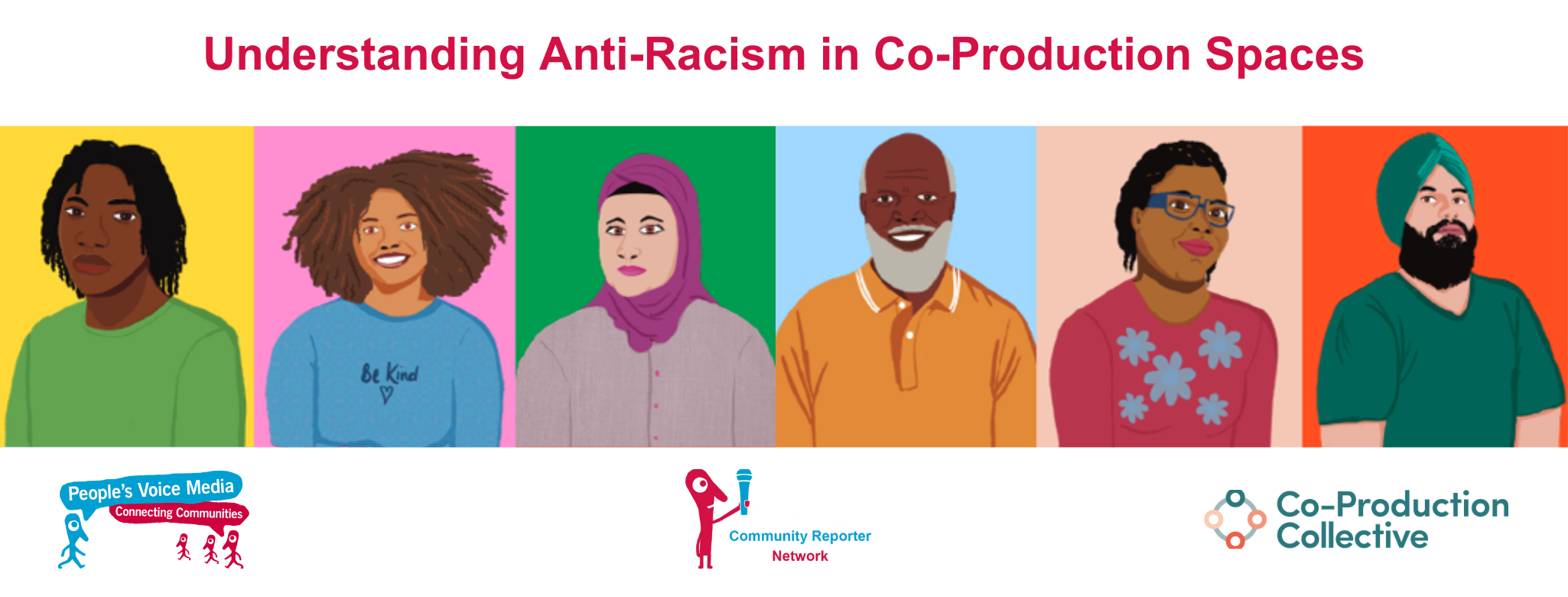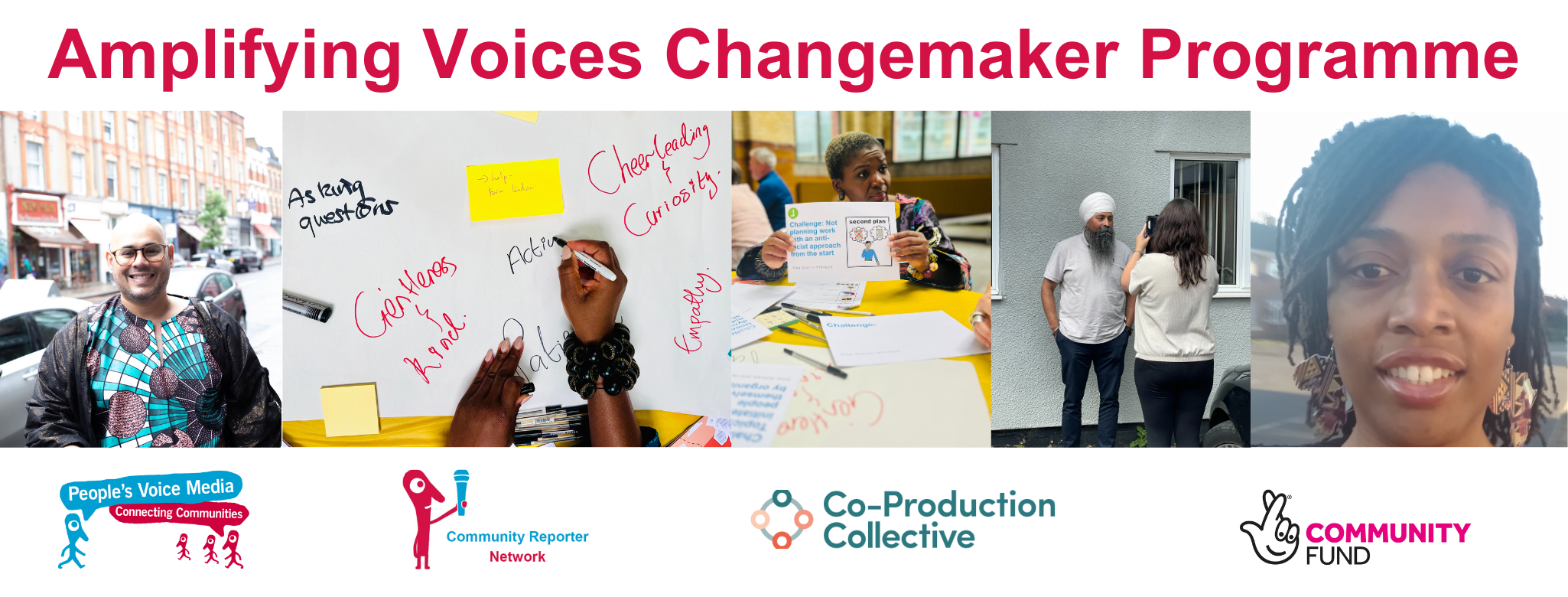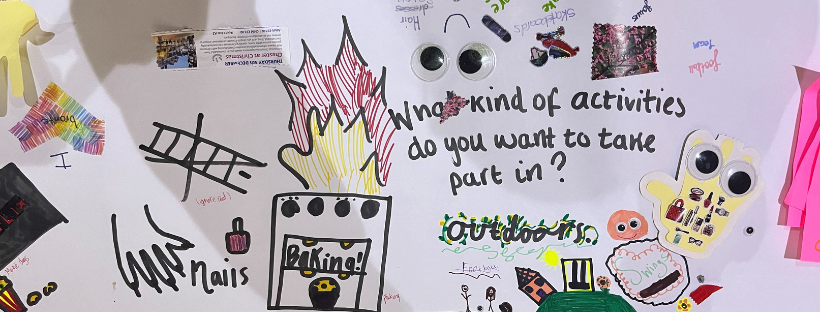THE COVID-19 INQUIRY: REMEMBERING AND HONORING THE VOICES OF THE CARE SECTOR
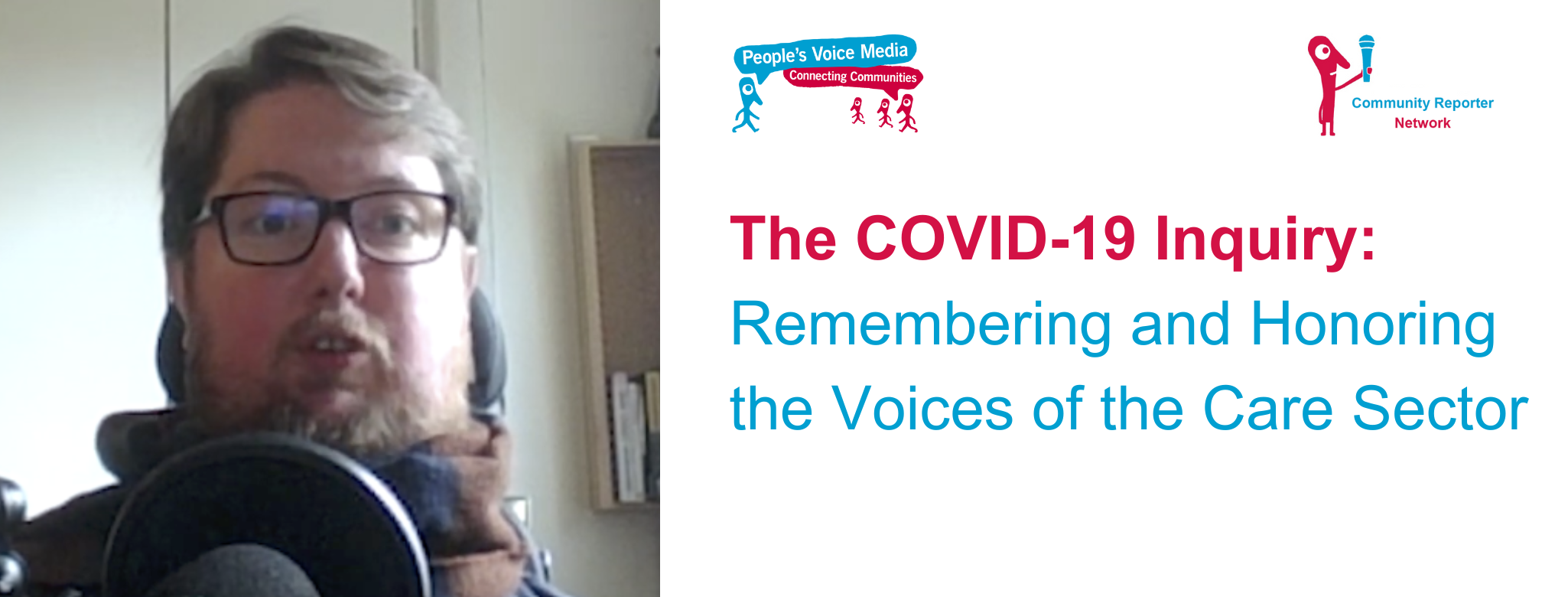
This week marks a significant moment in the ongoing COVID-19 Inquiry, focusing on the Care Sector from 30 June to 31 July 2025, as part of Module 6.
It is crucial that we do not forget the immense challenges faced during the pandemic — especially by those working tirelessly within care settings, as well as the deaf and disabled communities and their carers.
We want to extend our deepest thanks to all those who are giving evidence this week, including many of our colleagues and friends. Their dedication to advocating, influencing policy, and sharing lived experiences shines a vital light on the realities of the pandemic. It’s these voices — the people at the heart of the crisis — that hold the key to understanding and learning from this moment in history.
At People’s Voice Media, we are proud to have contributed to this important conversation through our work exploring the experiences of deaf and disabled people and carers during COVID-19. Our report and video testimonies reveal the resilience, challenges, and strength of communities often overlooked in mainstream narratives.
We invite you to read our full report and watch these powerful videos. By listening to and sharing these lived experiences, we help ensure that future policies are truly informed by those they impact most.
The lessons of COVID-19 are still unfolding, but one thing is clear: the stories of people matter. Let us keep listening.
Explore our report and videos here:
- #NationalCareForum
- #NCF
- #SocialCare
- #CareSector
- #CareProviders
- #CareQuality
- #SocialCareSupport
- #CareWorkforce
- #CareReform
- #AdultSocialCare
